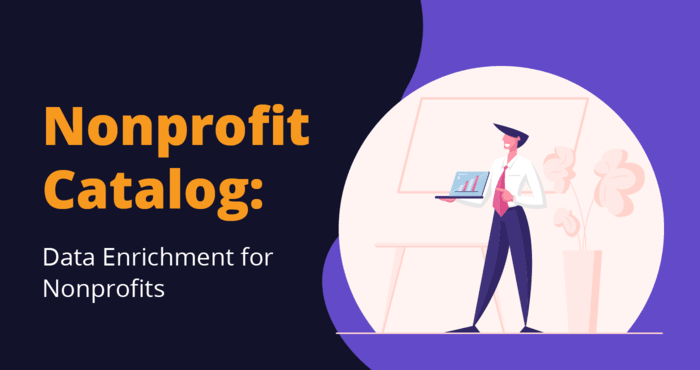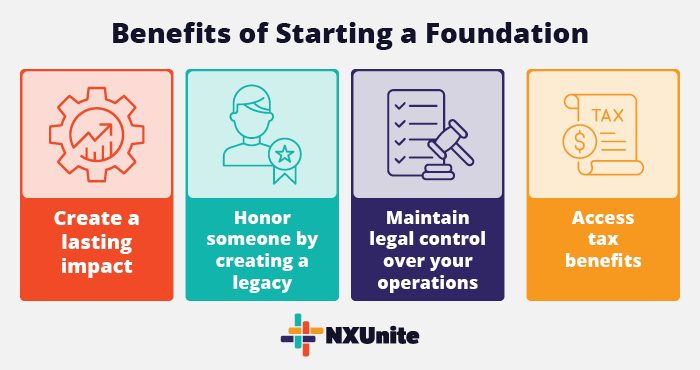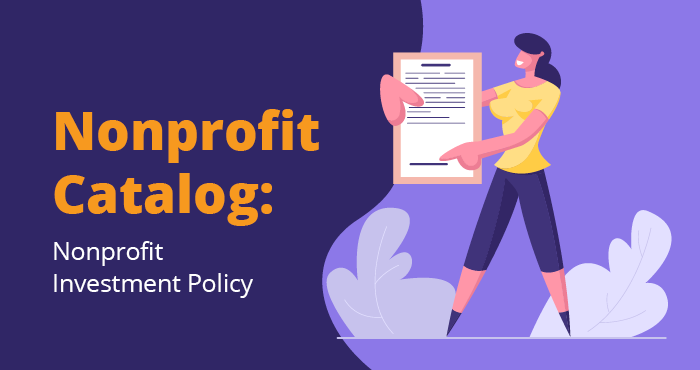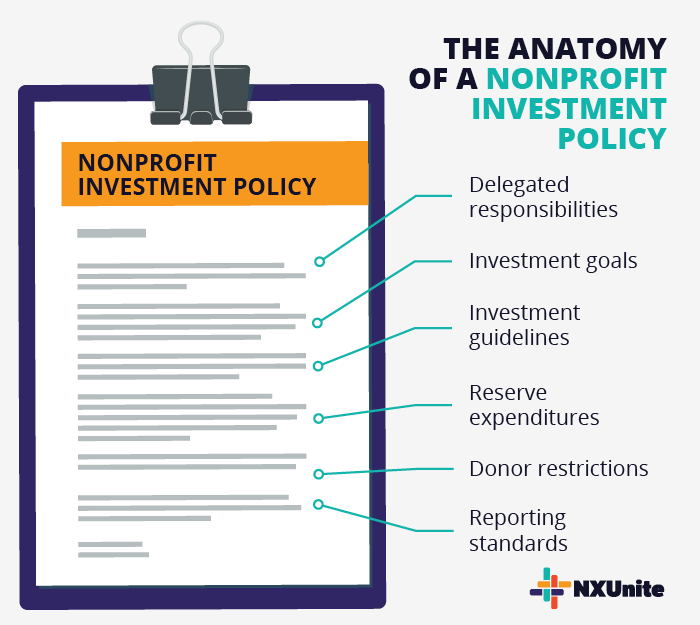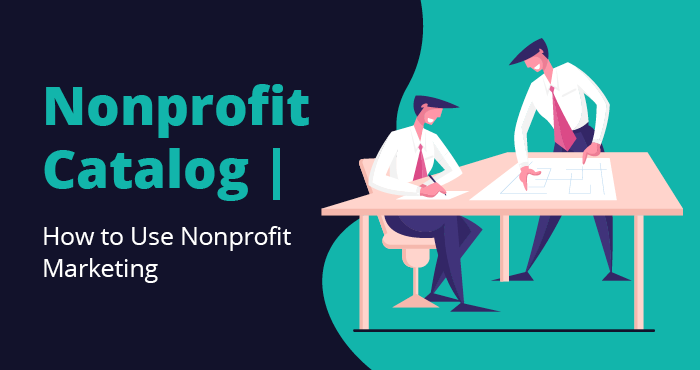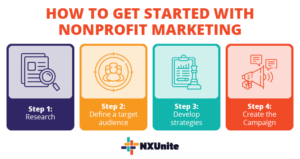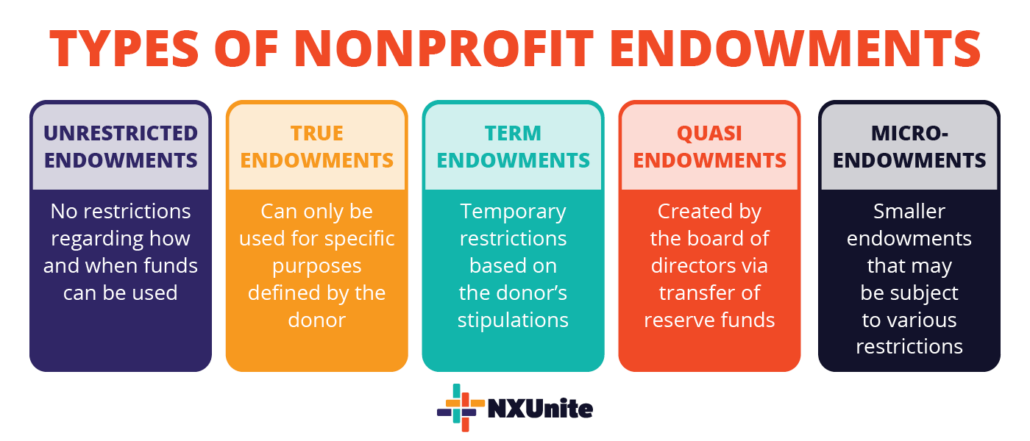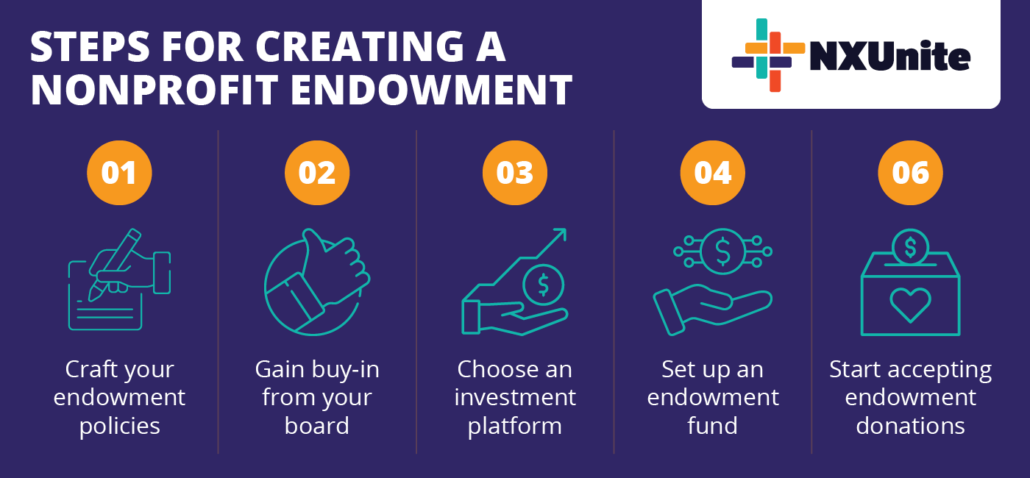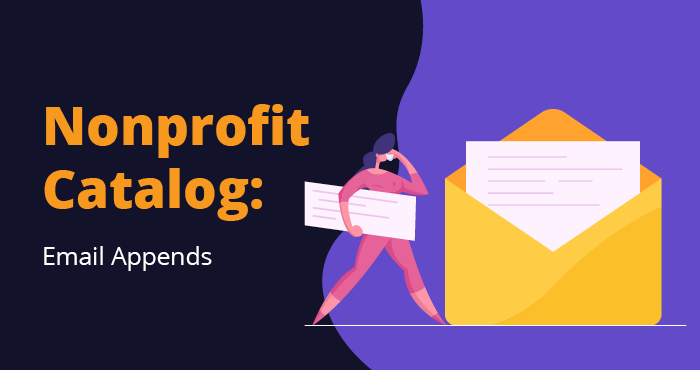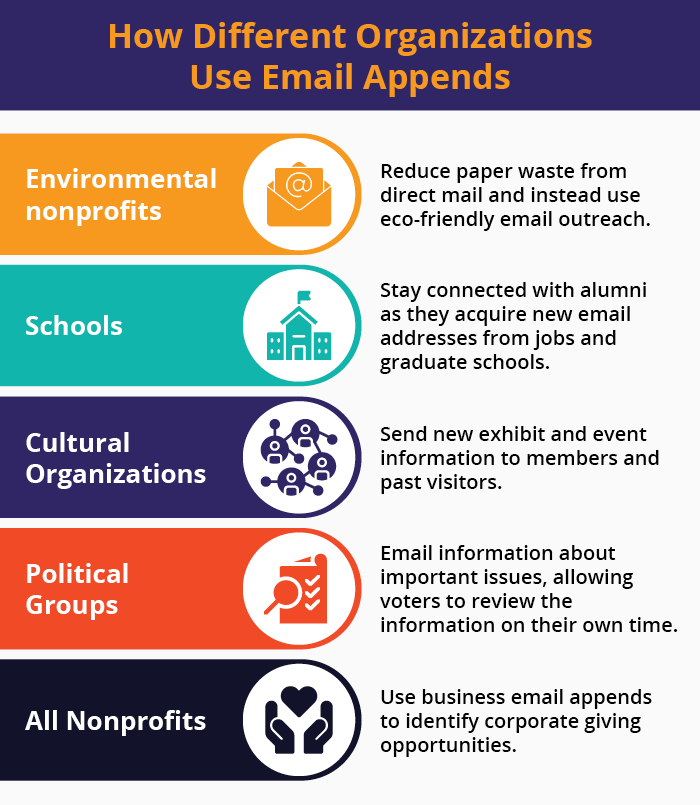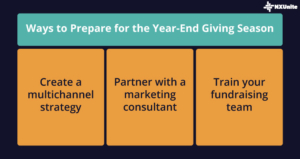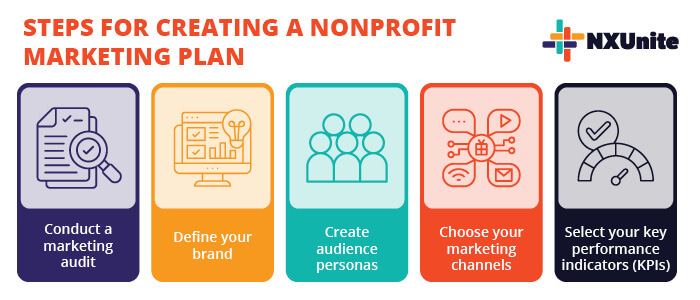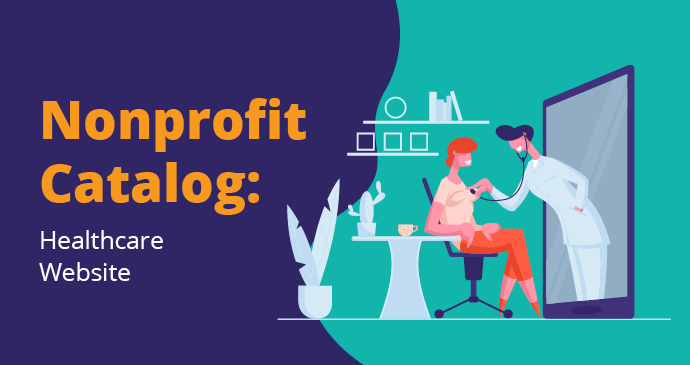Data Enrichment for Nonprofits — Nonprofit Catalog
Your nonprofit’s database is a gold mine of useful information. When you create rich constituent profiles, you get to know who your supporters are and can create more valuable experiences for them.
Data enrichment for nonprofits enhances the data collection process and makes the information you’ve gathered organically even more valuable. That way, you can connect with prospects on a deeper level and drive greater outcomes for your cause.
By filling in gaps within your CRM, you’ll be on your way to stronger supporter relationships in no time. In this quick guide, we’ll cover the essentials of nonprofit data enrichment, so you can get started at your organization!
What Is Data Enrichment for Nonprofits?
Nonprofit data enrichment is the process of combining first-party information from internal sources (such as donation forms) with disparate data from external, third-party sources. Also known as data enhancement or appending, data enrichment allows you to add supplemental information like contact details, demographics, and financial data to your CRM.
The goal of nonprofit data enrichment is to build rich supporter profiles by filling in missing information. That way, you can gain a holistic understanding of who your supporters are and how you can best connect with them.
Often, the term “data enrichment” is often confused with “data cleansing.” While related, these processes serve different purposes. While data enrichment involves building upon existing data, data cleansing removes inaccurate or outdated information.
Types of Nonprofit Data Enrichment
When practicing data enrichment, you’ll need to decide what information will be most valuable for cultivating deeper relationships. Some of the most helpful types of data you can pull for your supporters include:
- Contact information. Stay in touch with your supporters by finding their email addresses, phone numbers, postal addresses, and any other details that are missing from your database.
- Demographics. NPOInfo’s demographic appends guide explains that you can pull information like each supporter’s net worth, geographic location, age, gender, religion, ethnicity, and race. This allows you to eliminate generic outreach and instead send relevant appeals that align with their specific characteristics.
- Employer details. Knowing where your supporters work allows you to find available corporate giving opportunities by appending employer data. If someone shares their company email address when filling out a form, you can use that information to find the guidelines for their employer’s program.
While you can pull other details, these are often the easiest, most valuable types of details nonprofits pull for their supporters.
Benefits of Nonprofit Data Enrichment
As a nonprofit marketer, you understand the power of organically-collected data. Nonprofit data enrichment can take the data you’ve already collected and make it even more valuable by filling in any missing pieces. Regularly doing so will empower you to:
- Strengthen your outreach. The more you know about your supporters, the better you can advance your nonprofit’s marketing and send tailored appeals. In addition, you’ll be able to stay in contact with supporters with multiple contact options and personalize your communications by understanding their demographics and interests.
- Cultivate stronger relationships. At its core, data enhancement empowers nonprofits to foster more meaningful relationships with supporters. You’ll understand what motivates them to support your cause, helping you to cater your programs and appeals to what matters most to them.
- Save time and money. Gathering data organically through surveys and similar activities can take time. Data enrichment can provide that information almost instantly. Plus, you won’t waste time or resources by sending communications to invalid email addresses, phone numbers, or postal addresses.
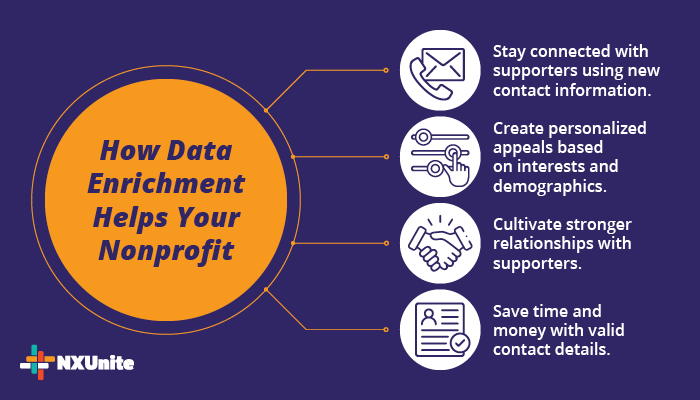
What it all boils down to is that nonprofit data enrichment will provide your team with the resources it needs to understand supporters and drive its mission forward.
Quick Tips for Using Data Enrichment for Nonprofits
Data enrichment is not a one-and-done process. Constituent data is always changing, even if you’ve implemented careful data collection processes. You need a plan for consistently collecting and enriching your data. Otherwise, your nonprofit might miss out on offering valuable offers and experiences.
Here are some ways you can get started improving your nonprofit data enrichment processes:
- Append the data that will be most beneficial. While it can be tempting to append as much data as possible, that can quickly add up and muddle your organization’s CRM with unnecessary details. Think about your marketing goals before investing in nonprofit data enrichment services. For example, if you work for an advocacy organization, details like age, location, and political affiliation will let you know if people are of voting age, in your target area, and open to your outreach.
- Prioritize security. Your nonprofit should always prioritize privacy and compliance, especially when dealing with sensitive information. Throw third-party data into the mix, and privacy gets even more crucial. Make sure you entrust a nonprofit data enrichment provider that uses trustworthy data sources and practices proper data management protocol.
- Create data hygiene guidelines. Before and after appending new data, your team should have nonprofit data hygiene procedures in place. Cleaning up your database beforehand will allow you to add supplemental data with more confidence that it’s accurate, whereas continuing to keep a clean database will make sure your newly-appended data doesn’t go to waste. For instance, you might create rules to standardize data entry and handle errors like duplicate or inaccurate entries.
Effective data enrichment for nonprofits is more than investing in new data. You’ll need a solid strategy for leveraging your data. Otherwise, your enhanced data might go to waste. These tips will give you a solid start!
Additional Resources
Nonprofit Catalog – Read up on more nonprofit essentials by exploring our Nonprofit Catalog.
Donor Data Management: A Quick Guide for Nonprofits – Data enhancement for nonprofits is just one piece of the data management puzzle. Learn more about managing donor data with this guide.
What Is an Address Append? Ultimate Guide for Nonprofits – Postal appending is a specific type of data enrichment for nonprofits. Learn how conducting an address append can enhance your direct mail outreach.
